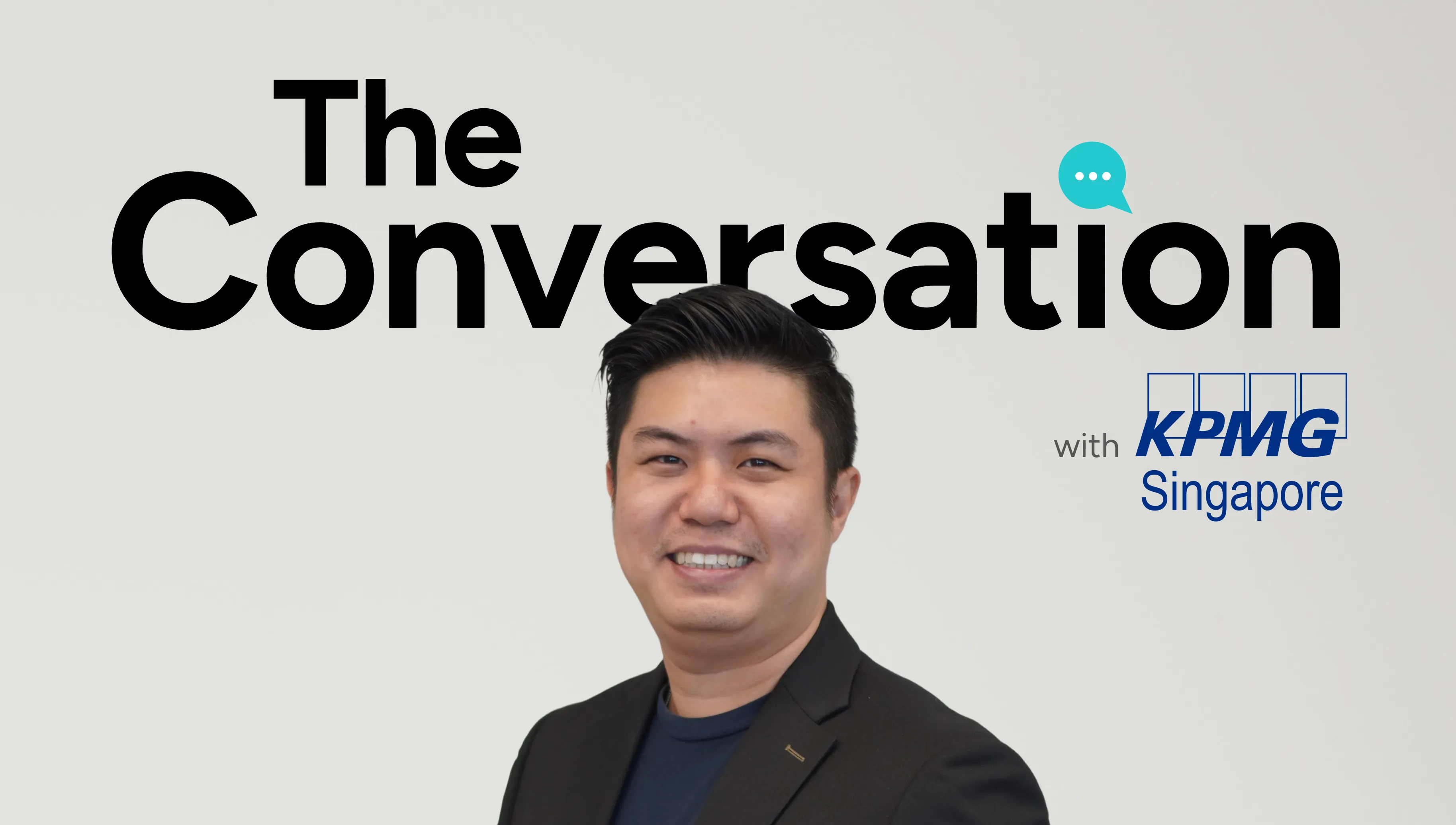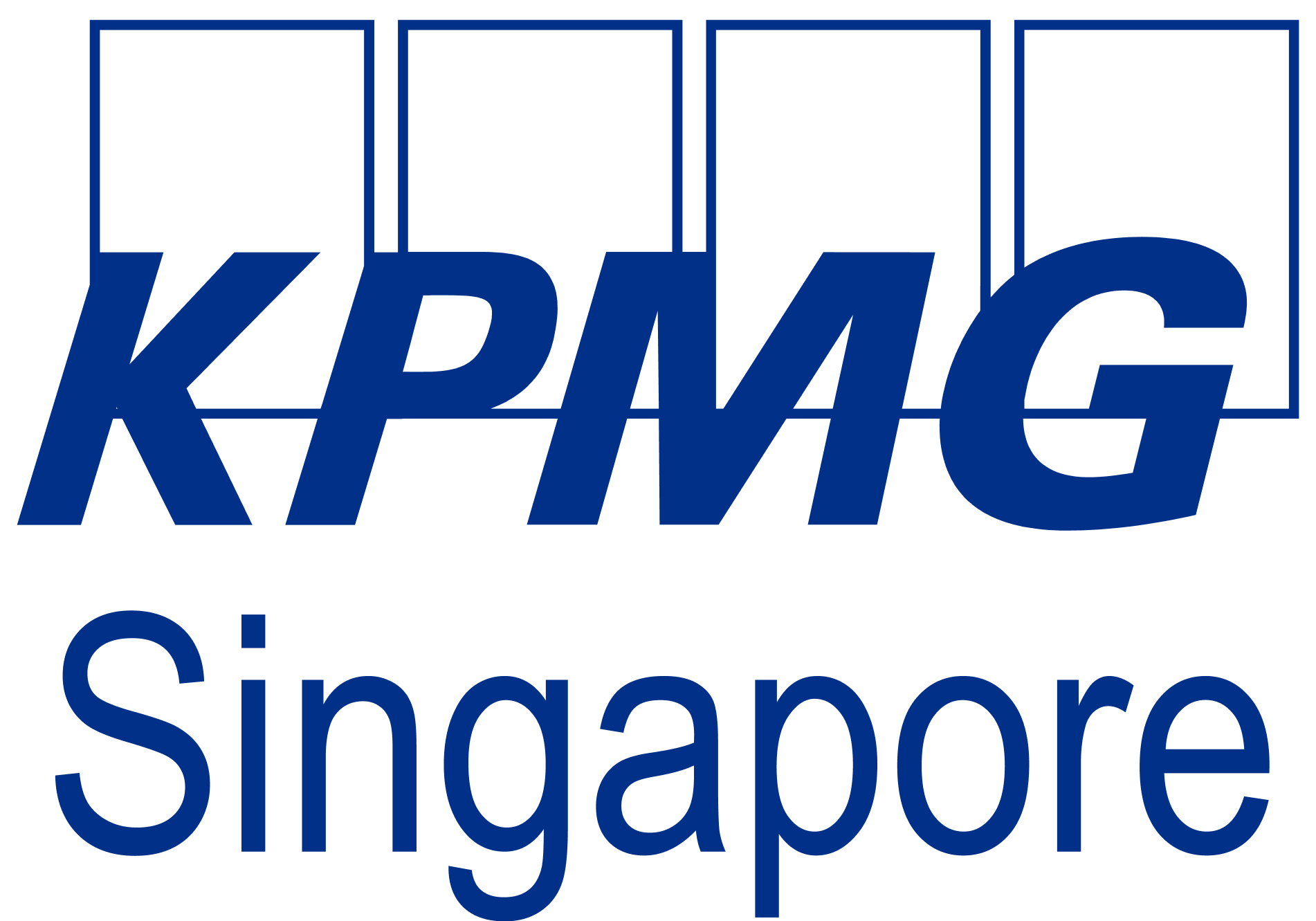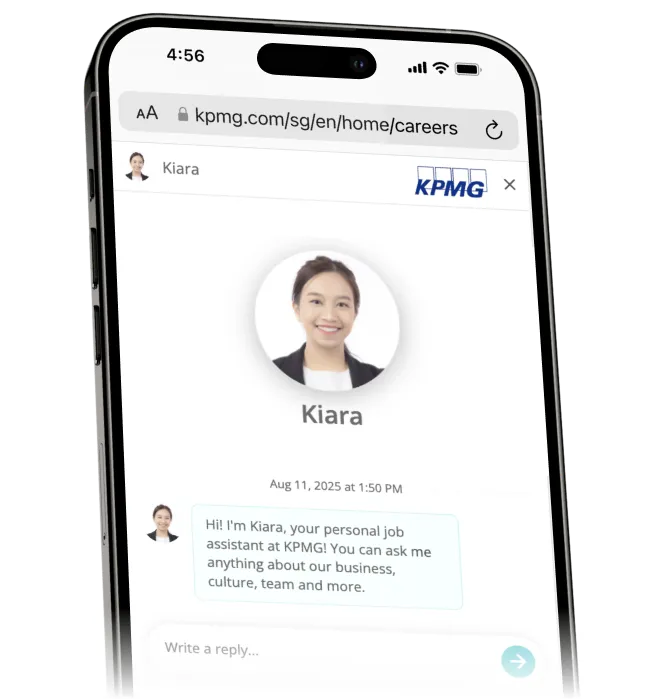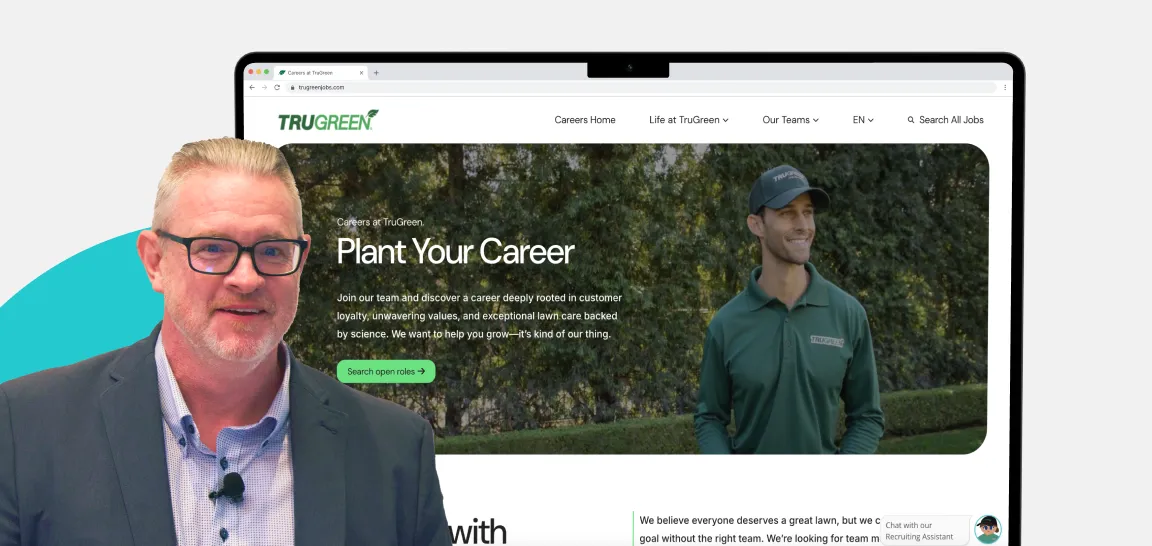At this point, AI is basically synonymous with change. As its usage in recruiting has gone from innovative to commonplace, TA teams across the globe have run the full gamut on hiring process revitalization. Some organizations tweak and tinker. Some burn the ships. But they all change.
And when KPMG Singapore’s hiring team sought AI to augment their recruiters, they knew exactly what was coming. We recently sat down with KPMG Singapore Director of TA Bryan Ong on how his team embraced that change, and what he expects the future of the recruiter will look like. Enjoy.
Erik Schmidt: What’s your viewing on using AI for recruiting — how did your transformation journey begin?
Bryan Ong: Our automation journey began out of necessity. Recruiters were spending too much time on manual, repetitive tasks such as scheduling interviews — all of which are important but not strategic. With tight timelines and hiring volumes, we needed a solution to free up our recruiter’s capacity without compromising on candidate experience. Automation allowed us to shift that time toward more impactful work.
AI is already playing a key role in transforming how we recruit at KPMG. Digital tools with AI-powered solutions in the market help us automate time-consuming tasks such as interview scheduling and phone screening, which frees up our recruiters to focus on more strategic work such as deeper candidate searches and more strategic conversations with hiring managers.
We also leverage AI in candidate sourcing. It helps us generate initial best-fit profiles based on job descriptions and facilitates personalised, automated outreach to potential candidates. It is all about driving efficiency, consistency and an enhanced candidate experience, without compromising the human touch.
ES: What were internal conversations you had to make a major decision like bringing on AI for recruiting? How did you get buy-in from leadership?
BO: Bringing AI into our recruitment process wasn’t just a tech decision — it was also a people-first decision. We had to build a strong business case around time and cost savings, efficiency and enhancing the candidate experience. But more importantly, we positioned AI as an enabler to empower our recruiters to move up the “value chain” and do work that cannot be done with AI now; work that requires human judgement and empathy. That’s what helped us gain leadership buy-in, by showing that AI doesn’t replace people, it empowers them to do meaningful work.
ES: Adopting new tech often requires mindset shifts — how did you bring stakeholders along the AI journey?
BO: Adopting AI was not just about introducing new tech, it was about bringing people along the journey. From day one, we involved key stakeholders — including our recruitment team members, HR tech, and IT security teams. We conducted workshops to help our recruiters to envision new ways of working and understand the benefits of AI solutions For the wider firm, we rolled out change management initiatives, training sessions for all impacted stakeholders, internal FAQ guides and recorded training to make resources available for them. We also used internal marketing to build awareness and excitement. One key takeaway is that when people see how AI empowers them, that’s when real adoption happens.]
ES: With AI automating many repetitive aspects of recruitment, how do you see the role of recruiters and TA leaders changing?
BO: As AI takes over repetitive and time-consuming tasks, the role of recruiters is evolving rapidly. The recruiter of the near future will need to be tech-savvy, data-literate, business-centric, and yet deeply empathetic. AI automation will eliminate most of the repetitive, laborious tasks and what remains are the human elements such as storytelling, character assessment, judgement and the ability to connect with candidates with cultural differences. For talent acquisition leaders, the shift is even more strategic. They will act as change agents who are driving transformation, shaping workforce strategies and investing in people. Building agile, resilient teams will be key to thriving in the future.
ES: What’s one piece of advice you’d give to TA leaders looking to implement AI and automation in their hiring process today?
BO: My advice to talent acquisition leaders is simple: Don’t implement AI for the sake of implementing AI. I think a lot of people are thinking of jumping onto the AI bandwagon for fear of missing out, but start with the problem, not the technology. Begin small, test, learn, and refine. It is perfectly fine if we don’t get it right in the first few times, as long as we keep learning and adapting and finetuning the models for optimal usage.
I would actually say the best investment you can make isn’t tech, it’s people. You can invest in the best technology, but without the right people — those who are skilled, empowered to use the technology responsibly and with the right mindset — it won’t succeed. The best investment right now is in building capabilities and training recruiters to think like talent advisors and problem-solvers with the capability to wield AI tools alongside their work.














